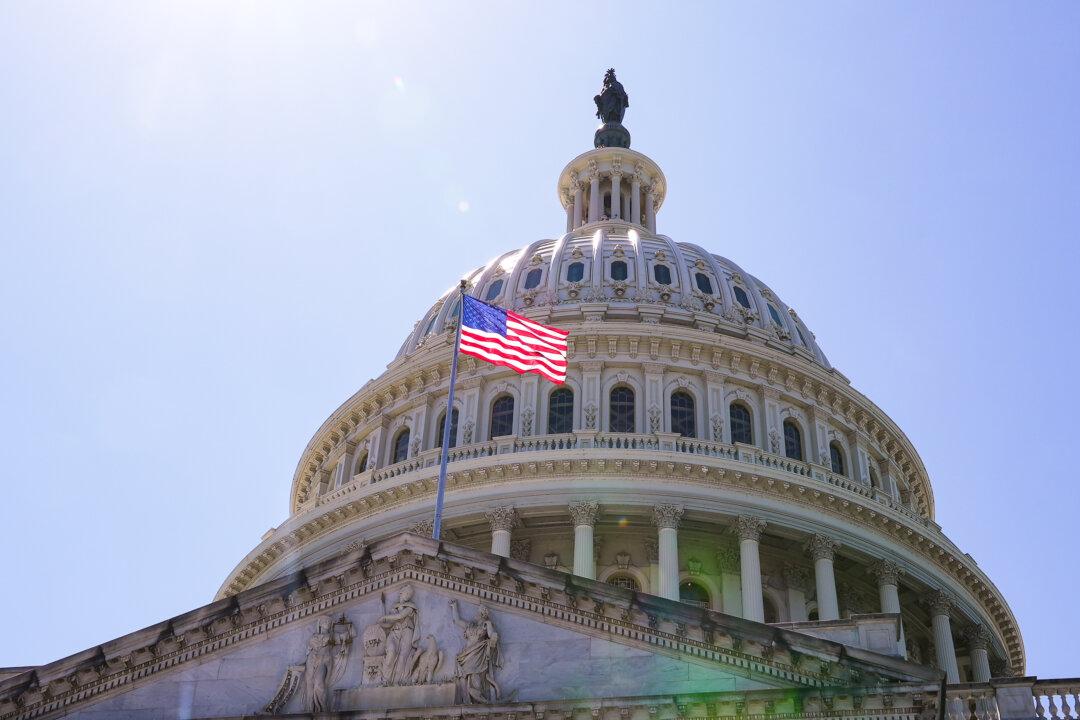They concluded that “increased vigilance is warranted” among HIV patients who contract COVID-19 to “prevent the emergence” of COVID-19 variants. Notably, the Omicron variant was first discovered in South Africa in November 2021, and U.S. health officials say it’s now the dominant strain across the United States.
“This case, like others before, describes a potential pathway for the emergence of novel variants,” the scientists said in the pre-print study, adding that it is still a hypothesis and much more data is needed. “Our experience reinforces previous reports that effective anti-retroviral treatment is the key to controlling such events.”
South Africa has the world’s largest HIV epidemic. About 8.2 million out of its 60 million population is infected with the virus.
According to the researchers, the patient observed in the study had developed around 10 mutations on the CCP virus spike protein, which allows it to bind to cells, along with 11 other mutations. Some of the mutations were similar to those seen in the Omicron and Lambda variants, whereas others were consistent with mutations that allow the virus to bypass antibodies.
“Once again our experience reinforces previous reports that effective [anti-retroviral drugs are] the key to controlling such events. Once HIV replication is brought under control and immune reconstitution commences, rapid clearance of [the CCP virus] is achieved, probably even before full immune reconstitution occurs,” they said. “This underscores the broader point that gaps in the HIV care cascade need to be closed which will benefit other conditions and public health problems, too, including COVID-19.”
Meanwhile, after weeks of Omicron spreading through the country, some South African experts said they are optimistic that the country has reached a “turning point.”
While more COVID-19 variants may emerge, he believes the worst of the two-year-long pandemic is over.
“I’m highly optimistic that we have reached a turning point in this pandemic,” Madhiti said. “I can’t see us revisiting what we experienced during the course of the first three waves in South Africa.”





